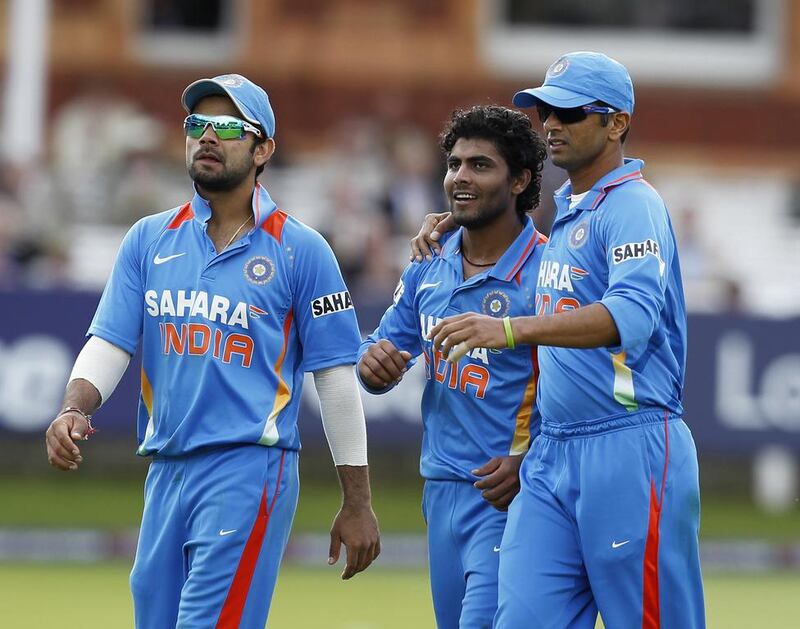Few tales in cricket, or any sport for that matter, induce the kind of romance-tinged, downbeat sighing than do those of lost young talent. The subcontinent, in particular, is bursting with them.
It seems that for every youngster who makes it, at least 20 behind him should have done likewise.
Take Tariq Mahmood. Exactly a decade ago, he emerged as the star of Pakistan’s triumph at the Under 19 World Cup in Bangladesh.
He was the second-highest wicket-taker for his side and took three wickets in the final against the West Indies.
He was called Murali by his contemporaries, both for the break that his off-spin generated and in the resemblance of his action. The timing seemed perfect too – Pakistan would, in a couple of years, begin to discover the limits of Danish Kaneria. Saeed Ajmal was not yet on the radar.
Mahmood disappeared, though, after a while. His action was called at domestic level and he went back to have it rectified. He came back, but by then, his moment was gone.
Two years, maybe three, after that tournament, I asked Pakistan’s junior selector at the time, Iqbal Qasim, where Mahmood had gone.
“We were at fault for that,” he said.
“He had wickets at U19 level and it is a weird pattern for us that if he succeeds there, we should play him immediately for Pakistan. But quality players take some making, you have to take time over them.
“You have to work with them at various stages. At first-class level, U19, ‘A’ sides, two-three years they need in these teams and then they come up.”
Neither Mahmood, nor Pakistan, are unique in this. There are young men like Mahmood all around the world, the simple, cruel detritus of competitive modern-day sport, where it is taken as a given that not everybody will make it.
But these tales resonate louder in India and Pakistan, because both countries have been so happy to give youth its head immediately. An inordinate amount of faith is placed in them, as well as the belief that if a player is ready at U19 level, he is ready for the senior side.
It has happened often enough in the past for the belief not to seem outlandish. It is, to be honest, much of what has made watching them such an exhilarating experience, that someone so young can do something so special under the typically extraordinary circumstances that define a modern sporting contest, with all the attendant pressures and scrutiny.
In many ways, U19 cricket is merely the start of a very long, fraught journey. It is the most critical step in an aspiring sportsman’s career. It is between this stage and the eventual goal of becoming a senior international where most cricketers fall.
After India’s triumph in 2008, the squad returned heroes and stars already. A number of them signed sponsorship and Indian Premier League contracts. At a grand reception in Bangalore, however, their exuberance was doused a little by Rahul Dravid.
“I just want you to remember that of the boys who won the U19 World Cup in 2000, only one member [Yuvraj Singh] was part of the [CB Series] winning team in Brisbane today,” he said. “It’s something for you to think about. I played for the U19s in 1991, and was the only one in my team to go on and play for India. This is the start of a critical phase in your lives. What you do from here on is what matters.”
Only three of that successful India squad have played Tests for India and only two look like they will continue doing so. Pakistan have been one of the dominant sides this century at U19 World Cups. They have won it twice, in 2004 and 2006, were semi-finalists in 2008 and runners-up in 2010. Yet from those four squads – and we are talking a group of more than 50 players – only three or four are regulars at the senior level now.
The natural conclusion to be drawn from these numbers is that a majority were simply not good enough. More might get an opportunity, but that also means more fates will be decided at an earlier stage, correctly or otherwise.
Perhaps in looking at the U19 World Cup as a springboard for further success is all wrong. What it actually represents is a reality check, a filter, weeding out the many who will not make it.
osamiuddin@thenational.ae





